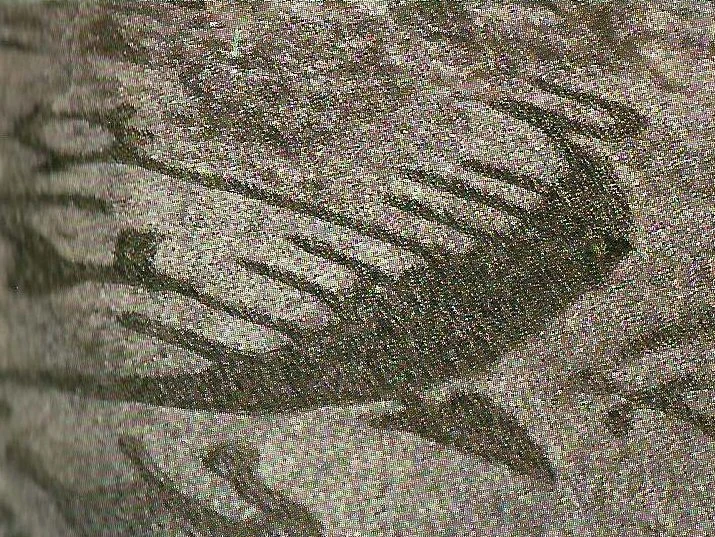


New Mexico's Chaco Wash remains dry most of the year, but recovers from storms, transporting rainwater streams from one place to another in the desert. Most of the water is absorbed by the soil, but the more eroded alluvial plains of the Chaco Canyon retain moisture and sustain agriculture. The Anasazi (Ancestrals), ancient farmers of the desert, lived in this region. Around 1020, the Anasazi began extensive construction in the Chaco Canyon to accommodate their prosperous agricultural population. The ruins of eight cities still remain in the canyon itself, with the ruin of a ninth city, Pueblo Alto, on the table to the north. In this area thousands of small ruins have been discovered, which today are of great archaeological interest.
Pueblo Bonito, the largest village, became an important center of turquoise treatment. Skilled workers obtained raw materials from distant mines and processed them to obtain polished stones that were then exchanged in Mexico. The resulting wealth is evident in the variety of exotic materials and items found in Pueblo Bonito, including copper bells, marine shells and dwarf feathers. Anasazi culture came to an abrupt end. In 1130, due to a great drought that lasted 60 years. With the loss of Chaco Wash's seasonal wealth, the Anasazi did not survive. 1,220 people left the city and were scattered in distant river valleys. The Chaco Canyon is now part of the Chaco National Cultural Historical Park. The largest city, Chaco Canyon, was called Pueblo Bonito and was an architectural wonder. From the outside, it looked like a fortress surrounded by semi-circular walls, huge and almost monotonous. But the walls encircle a high-rise complex with about 700 rooms that opens to a large square and was the largest residential complex built before the twentieth century. The square was occupied by two large circular kivas, each with a capacity for several hundred people. Both these rooms and the nearby 40 smaller rooms testify to the active spiritual life of the inhabitants of Pueblo Bonito. Some of the early Europeans who saw this population refused to believe it was the work of the ancestors of the present-day Indian people and attributed it to Mesoamerican civilizations such as the Toltecs and the Aztecs.
 Native American Cultures: Myths and magic
Native American Cultures: Myths and magic
You can purchase this book on Amazon.
This book challenges deep-seated stereotypes and offers an enriching perspective that contributes to a more comprehensive and respectful appreciation of the indigenous peoples of North America. Through an understanding of their myths and beliefs, we are taking an important step toward cultural reconciliation and the recognition of the diversity that has enriched the history of this continent.
These mythical stories, many of them linked to the literary genre of fantasy, reveal a world where the divine and the human intertwine in narratives that explain the cosmic order, creation, and the fundamental structure of the universe. Discover how these sacred tales bear witness to the deep connection of the natives with nature and spirituality.
Native Americans: Population and Territories
Native Americans: Cultures, customs, worldview
Traditions, myths, stories and legends